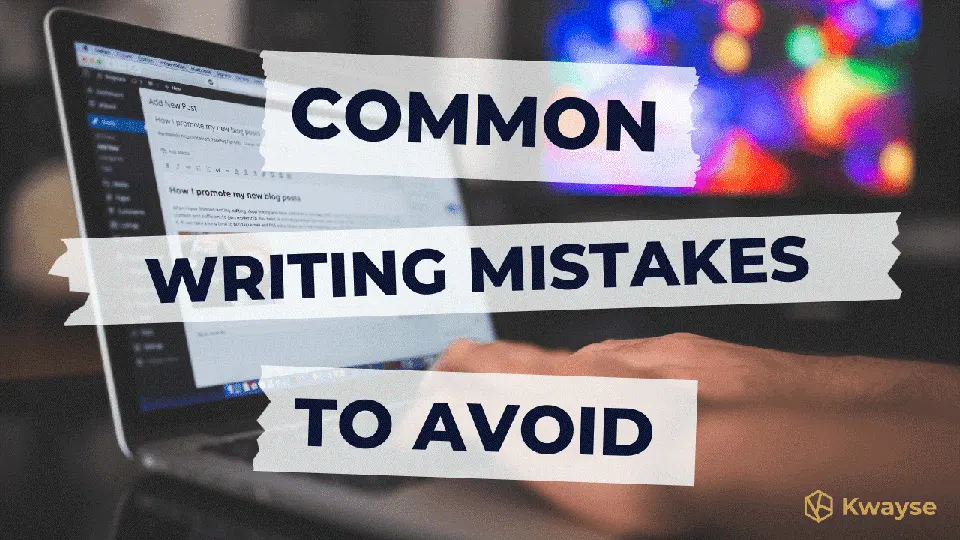Posted on January 8, 2025
Guest posting is one of the most powerful ways to build your brand, drive traffic, and establish authority in your niche. But let’s face it—not everyone nails it on the first try. Crafting a guest post that stands out requires strategy, creativity, and an understanding of what works.
This step-by-step guide is your ultimate cheat sheet for writing guest posts that get accepted and make an impact. Whether you’re just starting out or looking to refine your process, this guide has everything you need to know.
Why Guest Posting Should Be Part of Your Strategy
If you’re still wondering whether guest posting is worth your time, here’s the lowdown:
- Expand Your Reach: By contributing to reputable blogs, you can tap into their audience and introduce your expertise to people who may not know you exist.
- Drive Targeted Traffic: A well-placed link to your site can send interested readers your way, leading to more conversions.
- Boost Your SEO: High-quality backlinks from guest posts can improve your site’s domain authority and search rankings.
- Establish Credibility: Showcasing your knowledge on respected platforms positions you as an expert in your field.
- Build Relationships: Guest posting connects you with editors, bloggers, and other key players in your industry.
Step 1: Research the Right Platforms for Guest Posting
Your guest post’s success starts with choosing the right blog to contribute to. You don’t want to waste time pitching to irrelevant or low-quality websites. Here’s how to narrow down your options:
Use Google Effectively
Search for guest posting opportunities using keywords related to your niche. Combine your topic with phrases like:
- “write for us”
- “guest post guidelines”
- “submit a guest post”
- “contribute to [niche] blogs”
For example, if you’re in the fitness niche, search for: “fitness guest post write for us.”
Spy on Your Competitors
Analyze where your competitors are guest posting. Tools like Ahrefs or SEMrush can help you find websites linking back to their posts, giving you a goldmine of guest posting opportunities.
Evaluate the Blog’s Quality
Not all blogs are worth your time. Before pitching, evaluate:
- Domain Authority (DA): Use tools like Moz to check the site’s DA. Aim for blogs with a DA of 30 or higher.
- Engagement: Look for active comments, social shares, and readership interaction.
- Relevance: Make sure the blog’s audience aligns with your target market.
Step 2: Understand the Blog’s Content and Audience
Once you’ve identified potential blogs, take the time to thoroughly research them. This is crucial for tailoring your pitch and post.
Study Their Content
Read several posts on the blog to understand their:
- Tone and voice (e.g., formal, conversational, humorous).
- Preferred content types (e.g., listicles, how-to guides, opinion pieces).
- Depth of detail (Are the posts beginner-friendly or advanced?).
Identify Gaps
Look for topics that haven’t been covered or areas where you can provide a fresh perspective. This will make your pitch more compelling.
Analyze the Audience
Who is reading the blog? Are they beginners, enthusiasts, or experts? Understanding their pain points and goals will help you craft content that resonates.
Step 3: Create a Winning Pitch
Pitching is the gateway to guest posting success. A poorly written or generic pitch will likely end up in the trash.
How to Write a Pitch That Stands Out
- Address the Editor by Name
Nobody likes generic greetings like “To whom it may concern.” Do some digging to find the editor’s name and use it in your email. - Introduce Yourself
Keep it brief but highlight why you’re qualified to write for their blog. Mention your credentials, expertise, or a notable accomplishment. - Show You’ve Done Your Homework
Reference a specific post you enjoyed or explain why their blog aligns with your expertise. This demonstrates that you’re not sending a cookie-cutter pitch. - Pitch Relevant Topics
Suggest 2-3 article ideas that fit their content and audience. Include a brief description of what each post will cover. - Include Writing Samples
Link to previous work to showcase your writing skills and prove you can deliver quality content.
Step 4: Write the Guest Post
Once your pitch is accepted, it’s time to roll up your sleeves and write an amazing guest post.
Start with a Strong Title
Your headline should grab attention and promise value. Some formulas that work:
- Numbered Lists: “7 Proven Tips to Improve Your SEO Game”
- How-To Guides: “How to Create a Social Media Strategy That Works”
- Curiosity Hooks: “What Most Bloggers Get Wrong About Guest Posting”
Hook Readers in the Introduction
Your opening paragraph should immediately engage readers. Try:
- Asking a question (“Ever wondered why your guest posts aren’t getting accepted?”).
- Sharing a surprising fact or stat.
- Telling a short, relatable story.
Deliver Actionable Content
The body of your post should:
- Address a specific problem or question.
- Provide clear, actionable steps or tips.
- Include examples, case studies, or personal experiences to add depth.
Keep It Reader-Friendly
- Write short paragraphs (2-3 sentences).
- Use subheadings to break up sections.
- Highlight key points with bold or italics.
Step 5: Optimize Your Guest Post for SEO
Don’t forget to make your guest post search-engine friendly. This benefits both you and the host site.
Key SEO Tips
- Keyword Placement: Incorporate your target keyword (write guest post) naturally in the title, subheadings, and throughout the text. Avoid keyword stuffing.
- Include Internal Links: Link to relevant posts on the host blog to improve user experience and SEO.
- Add External Links: Cite authoritative sources when appropriate.
- Meta Description: Suggest a compelling meta description if the site allows you to provide one.
Step 6: Follow Submission Guidelines to the Letter
Every blog has its own guest posting rules, so read their guidelines carefully. Common requirements include:
- Specific word count (e.g., 1,000–2,000 words).
- Formatting (e.g., using H2 and H3 tags for subheadings).
- Banned content types (e.g., promotional language).
Failing to follow these guidelines is a surefire way to get rejected.
Step 7: Promote and Engage Post-Publication
Your guest post’s performance doesn’t stop at publication. Here’s how to maximize its impact:
- Share It Everywhere: Promote the post on your social media channels, newsletter, and website.
- Engage in Comments: Reply to readers’ comments on your post to build rapport and establish authority.
- Track Your Results: Use tools like Google Analytics to monitor referral traffic, backlinks, and other metrics.
Additional Tips for Long-Term Success
Build Relationships with Editors
Don’t treat guest posting as a one-and-done deal. Stay in touch with editors and offer to contribute again in the future.
Repurpose Your Content
Turn your guest post into a social media thread, video, or podcast episode to reach a broader audience.
Keep Improving
Analyze which posts perform best and adapt your strategy accordingly.

Mistakes to Avoid When Writing Guest Posts
Even experienced guest bloggers slip up sometimes. Steer clear of these common pitfalls:
- Ignoring Guidelines: Always follow the host blog’s rules.
- Being Too Self-Promotional: Focus on delivering value, not just plugging your brand.
- Submitting Generic Content: Take the time to craft unique, tailored articles.
- Neglecting Proofreading: Spelling and grammar errors can harm your credibility.
Conclusion
Writing an effective guest post takes time and effort, but the rewards are well worth it. By following this guide, you can create guest posts that get accepted, engage readers, and drive results for your brand.
So, what are you waiting for? Start researching blogs, crafting pitches, and writing posts that showcase your expertise. With persistence and strategy, you’ll become a guest posting pro in no time!
Now, go forth and conquer the world of guest blogging—one post at a time. 🚀

